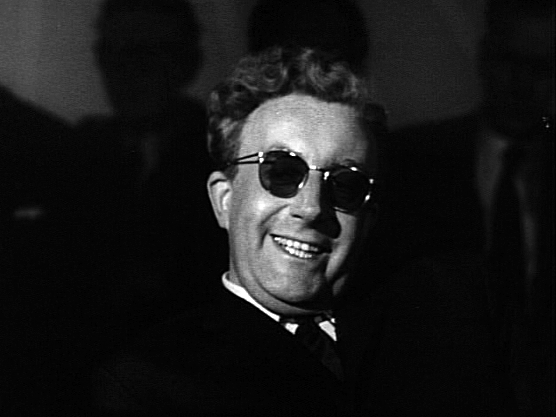The Cold War brought forth a new breed of scientists and thinkers in the United States, a group that became known as the Megadeath Intellectuals. Their mission was, number one, to plan the avoidance of nuclear war, and second, to establish the means to deal with a nuclear attack on American soil, a strategy for survival should they have failed on the first point. Their task was to “think about the unthinkable” and find a solution using their minds instead of their combat experience, which they didn’t have.
Stanley Kubrick made a satire of this dreadful moment in history in his movie Dr. Strangelove or: How I Learned to Stop Worrying and Love the Bomb and in the center of it was the work of these scientists. One of the most prominent in this real-life group was Herman Kahn, the inspiration for the character of Dr. Strangelove and the leading nuclear strategist in the United States at the time.
Before the Cold War, Kahn, who was a physicist, got involved in the creation of the Hydrogen Bomb while working for the RAND Corporation (Research ANd Development)–the think tank of the United States Air Force. As the Cold War heated up, President Eisenhower wanted his country prepared and ready in case the Soviet Union and its allies decided to attack. In 1953 he introduced a national security policy nicknamed the “New Look.”
The idea of this new defense system was based on the fact that the Soviet Army was considerably larger than the U.S. Army. In case the Soviets decided to attack the United States with ground troops, the country wouldn’t be able to defend itself properly. According to the New Look plan for military modernization, the only way to defend the country was by a network of strategically positioned nuclear weapons.
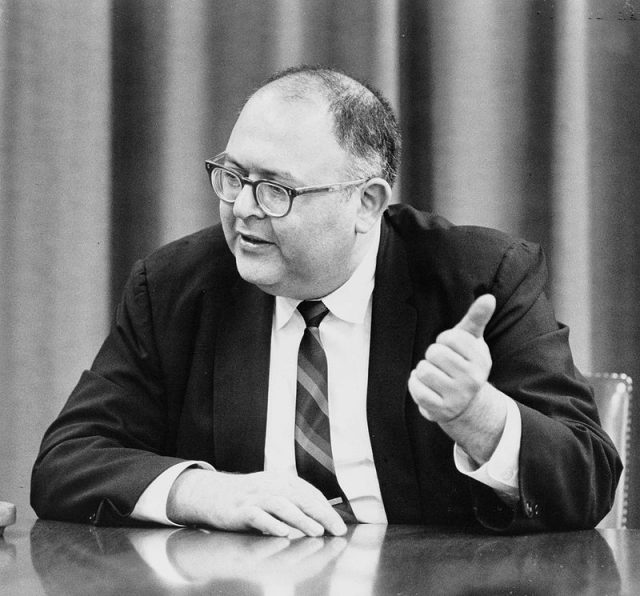
This is the point when Kahn and the rest of Megadeath Intellectuals came forward with their ideas and theories. By using their collective knowledge of physics, political science, engineering, mathematics, and mathematical logic, as well as the new technologies and theories such as computers, system analysis, and game theory, they were able to determine the success of Eisenhower’s plan.
Kahn believed that the New Look theory was not very practical and had a high probability of doing more harm than good. Instead of deterring a nuclear attack, this plan could motivate the Soviets to launch nuclear missiles on U.S. air bases in order to destroy their nuclear potential. This would mean that the United States would be later forced to engage in the land-based combat that it wanted to avoid. Instead, he offered a different approach to the terrible issue of nuclear war.
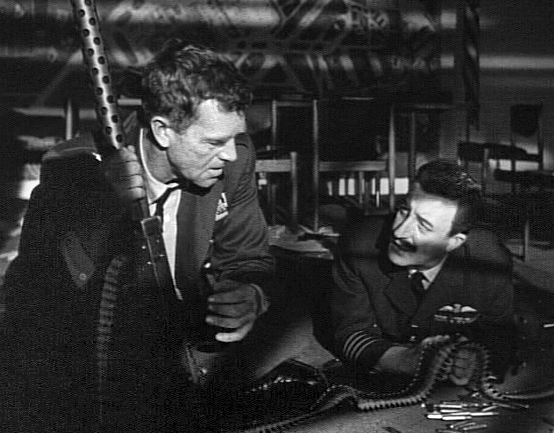
Herman Kahn’s work in this field was based on two relatively new scientific theories at the time: systems theory and game theory. By using these theories, Kahn determined that the best way to discourage the Soviet Union from launching nuclear missiles at the United States would be to convince them that the United States possessed a “second-strike” capability, meaning that the country is capable of retaliation by the launch of its own missiles even if it was devastated by a heavy nuclear attack.
In this matter of thinking the unthinkable, Kahn’s ideas might sound unethical and harsh. His nuclear strategy was based on two facts: that a nuclear war was something that could truly happen because both the Soviet Union and the United States had huge nuclear arsenals; and that like any other war, a nuclear war would have one winner.
His ideas were ruthless and because of this many people despised him. How could he think like that? But that was his job and somebody needed to do it. Kahn argued that the number of people that would die is not really important. According to him, life on Earth would continue. He mentioned the Black Death in Europe as one example, and the nuclear attack in Japan. Many people died but life continued even after these terrible events. He opposed all the theories that a “doomsday” would end life as we know it. Kahn was certain that humanity will find a way to continue. Furthermore, he wrote that if the United States is not ready to face a nuclear war, they shouldn’t be tempting fate by proclaiming that they are ready for an attack.
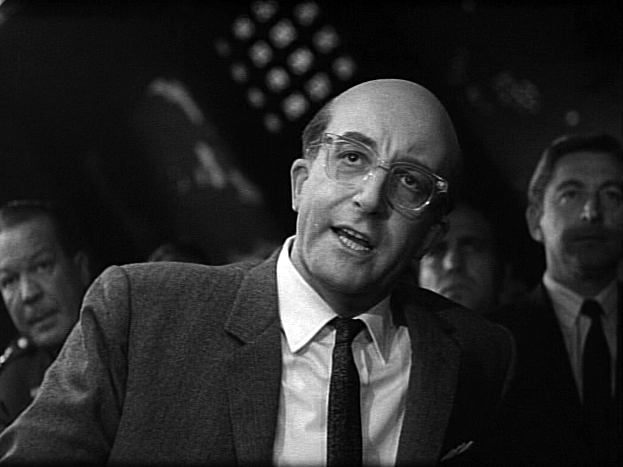
Kahn went even further by giving a clear picture of the post-nuclear world. He suggested that nuclear fallout would be one of many discomforts of human life, and that the mutations caused by radiation wouldn’t be the end of us because a big number of those who survived the initial blast wouldn’t be affected by it. He even offered solutions to issues such as contaminated food. He thought that the best idea would be to give such food to old people because they would die before they felt the long term effects of radiation. Kahn was also the person who recommended building fallout shelters, as well as conducting evacuation and civil defense exercises around the country. He considered this practice a good motivation for people to start rebuilding the country in the case of a real nuclear assault.
Because of all the work he did during the Cold War, Kahn is considered one of the fathers of a new method of strategic planning called scenario planning. This was later borrowed by big corporations that implemented this way of thinking into planning their futures. Kahn and his work also caught the attention of director Stanley Kubrick. He, together with John von Neumann, Edward Teller, and Wernher von Braun, were the main inspirations for the character of Dr. Strangelove.
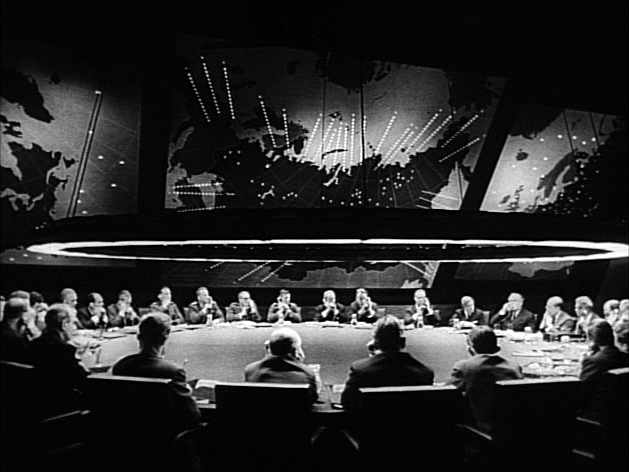
Kubrick was intrigued by Kahn’s book On Thermonuclear War. In it he read about a device called the “Doomsday Machine,” a system that is designed to annihilate the planet in case some country decides to start a nuclear war. After Kahn and Kubrick met in person, Kahn recommended that he put such a device in the movie. Kubrick did it and in one scene Dr. Strangelove speaks about a doomsday machine made by the BLAND Corporation (probably alluding to the RAND Corporation).
Kahn was a futurist in every sense of the word, both with his forward-thinking ideas and his predictions of the future. His reasoning was unconventional. None of the conventional methods of thinking could prepare us for a situation like a nuclear war. In order to grasp and prevent this reality, we needed to think outside of the box. This is why such people play a part, those who can think about the unthinkable, for the sake of all humanity.
